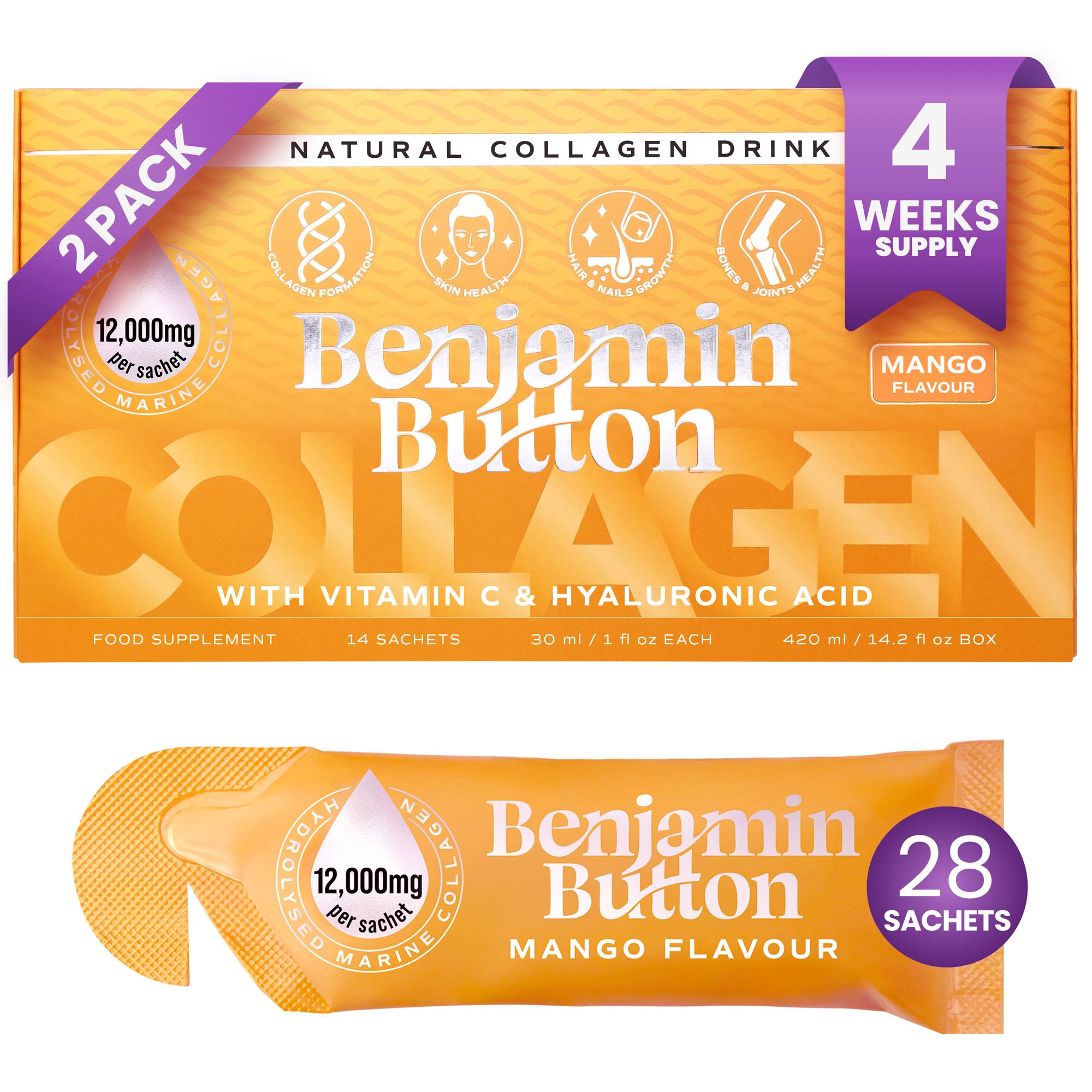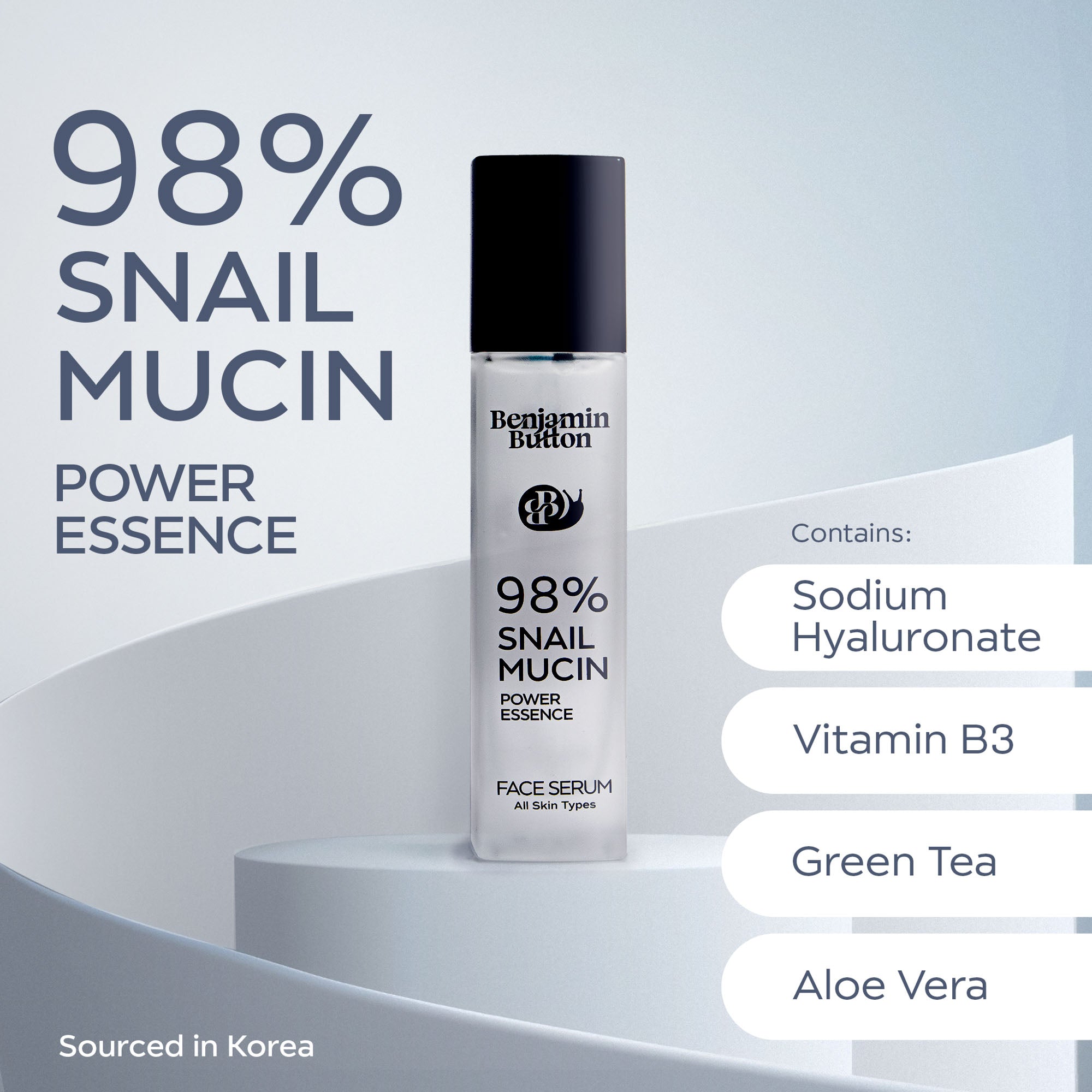Understanding 3D Bioprinting
3D bioprinting employs advanced printing techniques that layer bio-ink – a substance composed of living cells – to fabricate three-dimensional structures that can mimic natural tissues.The Process Involved
The process involves several key steps:- Designing the Template: The structure of the tissue is digitally designed using specialised software.
- Bio-Ink Preparation: A bio-ink composed of living cells, growth factors, and sometimes polymers is prepared.
- Layering: The bioprinter precisely deposits layers of bio-ink according to the digital template.
- Post-Processing: The printed structure often undergoes additional treatments to encourage cell growth and differentiation.
Advantages Over Traditional Tissue Engineering
When comparing 3D bioprinting to older techniques, there are clear advantages that revolutionise the field:- Customization: 3D bioprinted tissues can be customised to fit specific patient requirements.
- Scalability: This technology allows for the mass production of tissues, making it feasible for applications in regenerative medicine.
- Reduced Rejection Rate: Printed tissues can be created from a patient’s own cells, minimising the chances of immune rejection.
- Complex Structures: The technology is capable of fabricating complex and organ-like structures that are otherwise difficult to achieve.
A Case for Benjamin Button in Skin Care
While we delve into 3D bioprinting, let’s draw an analogy with the world of skincare, particularly focusing on the Benjamin Button 98% Snail Mucin Serum. Much like 3D bioprinting is revolutionising tissue engineering, this collagen mask is transforming skincare with remarkable results.Why Benjamin Button Stands Out
The Benjamin Button serum boasts an impressive formulation consisting of 98% pure snail secretion filtrate. This purity level is significantly higher than many other brands on the market, positioning it as a leader in the field. Some of its standout qualities include:- Infused with Hyaluronic Acid: This ingredient provides lasting moisture and ensures a plump, smooth complexion.
- Brightening Properties: The inclusion of niacinamide (vitamin B3) and green tea extract promotes an even skin tone and brightens the complexion.
- Ethical Sourcing: Housed in a premium glass bottle, this product is ethically sourced and cruelty-free, aligning with modern consumer values.
- Impressive Yuka Score: It has received a perfect 100/100 on the Yuka scoring system, highlighting its safety and effectiveness.
The Future of Tissue Engineering and Skincare
As 3D bioprinting advances, the possibilities it presents to medicine are limitless. From potentially printing entire organs for transplants to bespoke tissue for cosmetic procedures, the line between art and science continues to blur, much like the transformation offered by innovative skincare products like collagen drink. In essence, both fields reflect the potential for evolution and adaptation. Just as 3D bioprinting lets us look to the future with excitement and anticipation, so too do the premiere skincare solutions.Conclusion
In conclusion, 3D bioprinting technologies are indeed revolutionising tissue engineering and capturing the imagination of scientists and patients alike. This remarkable innovation is akin to the transformative experience offered by the Benjamin Button 98% Snail Mucin Serum in the skincare industry. With its unparalleled formulation, ethical values, and effectiveness, it outshines traditional options, showing us that like Benjamin Button, products can grow better with time, delivering not just results but also hope. So whether you are looking at the future of tissue engineering or planning your skincare routine, embracing the new means embracing a better, transformative experience.In this era of innovation, let us celebrate these advancements and choose products that resonate with our aspirations for beauty, health, and longevity. The journey toward revitalisation has never looked so promising! ```






















